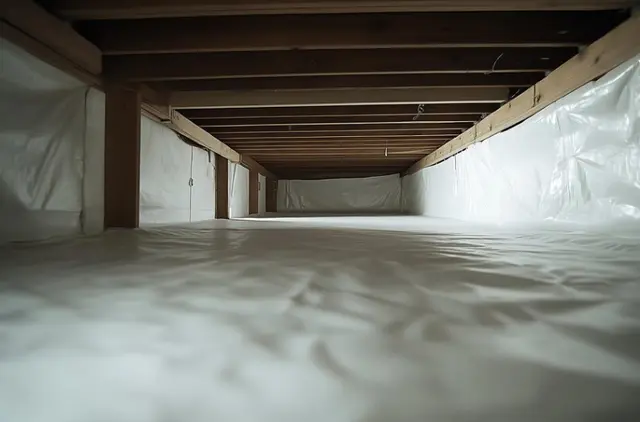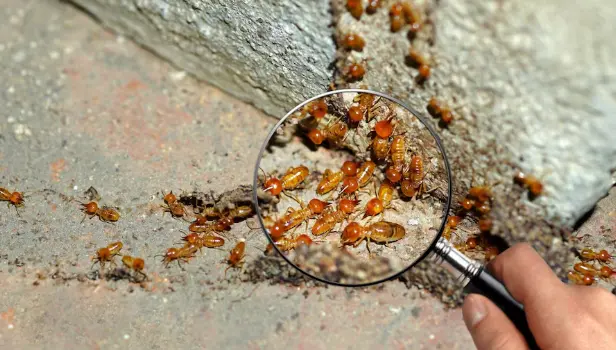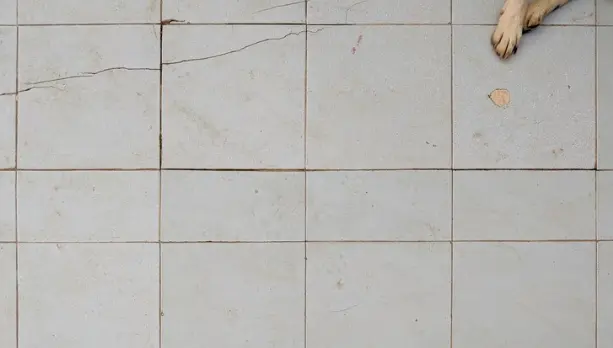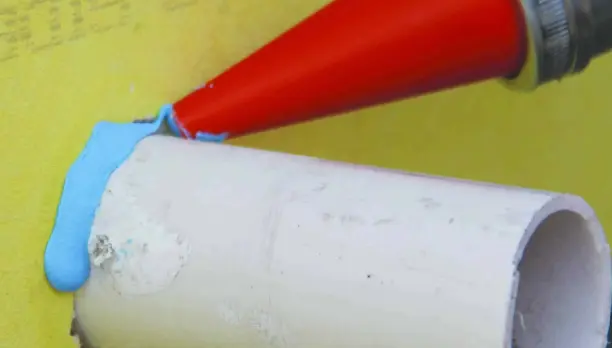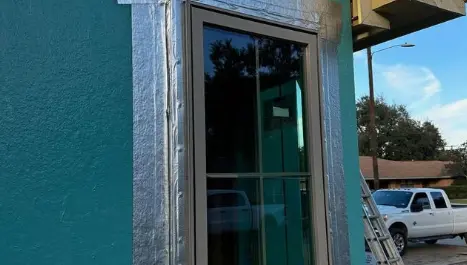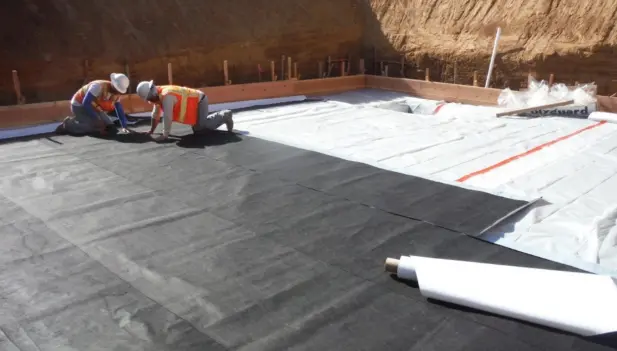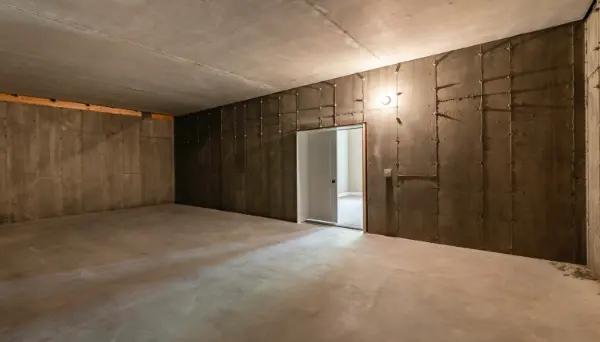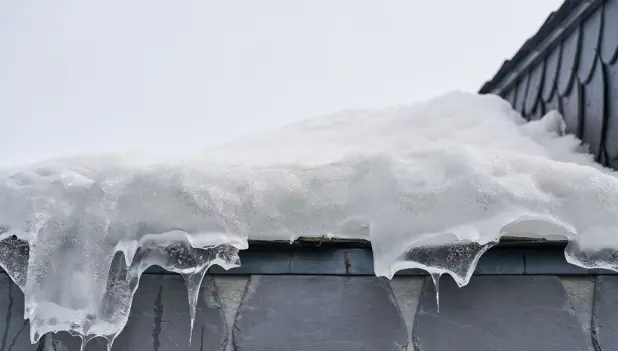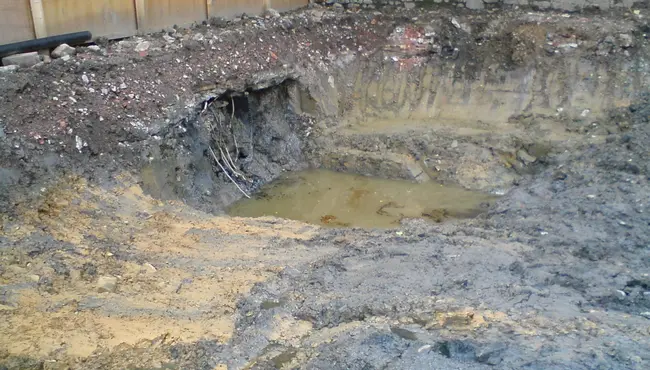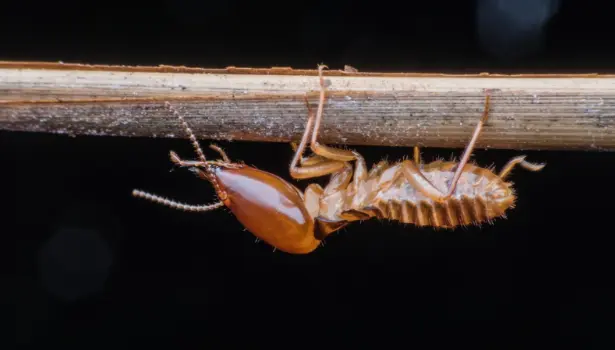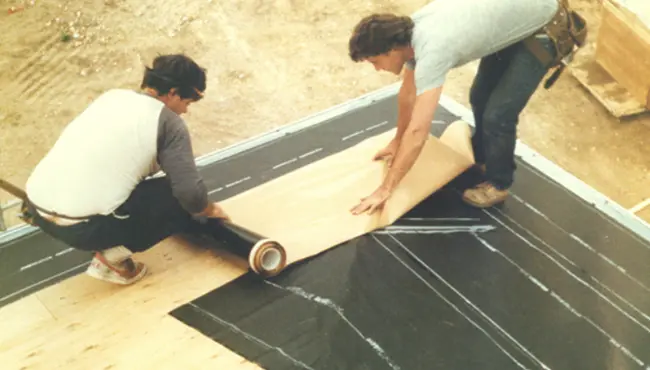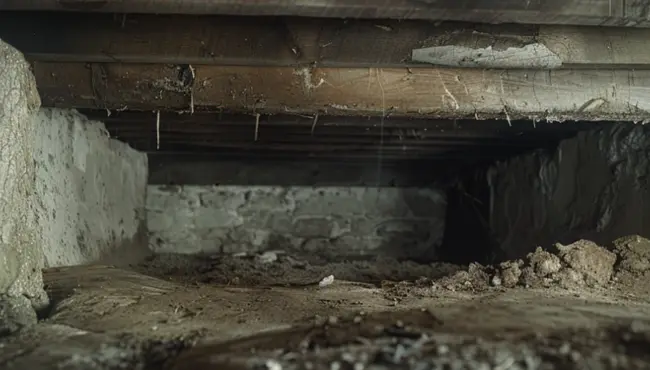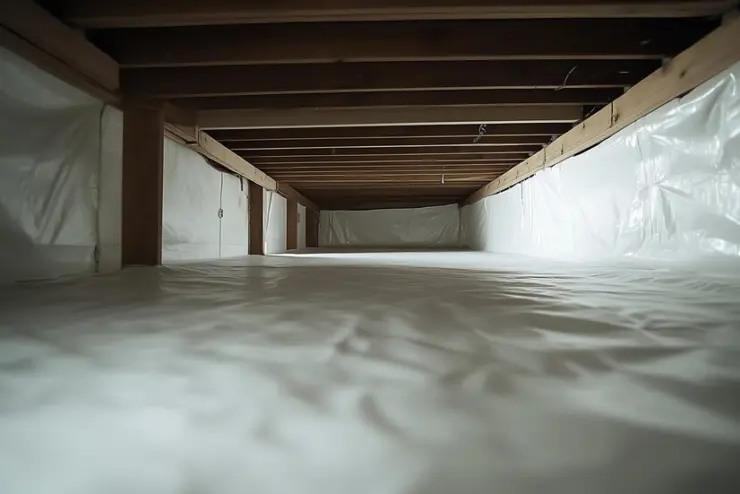
Crawl space encapsulation is a practical solution for homeowners and contractors looking to prevent common issues like moisture buildup, pest infestations, and structural decay. By using the right materials, this process ensures a clean, dry, and energy-efficient crawl space.
This guide will provide an in-depth look at the essential materials needed for a successful encapsulation project, as well as expert tips for proper installation.
Understanding Crawl Space Encapsulation
Crawl space encapsulation involves sealing the entire crawl space to prevent moisture, air, and pests from entering. This is achieved by installing a durable vapor barrier across the floor and walls, adding insulation, and sealing all entry points. Encapsulation helps control humidity levels, reduces the risk of mold, and protects structural components like wooden joists from rot.
By managing these conditions, it enhances energy efficiency and minimizes maintenance issues, which makes it an essential investment for both homeowners and contractors looking to safeguard long-term property value.
To achieve an effective crawl space encapsulation, it's crucial to understand the specific materials that work together to create a sealed and protected environment.
Essential Crawl Space Encapsulation Materials
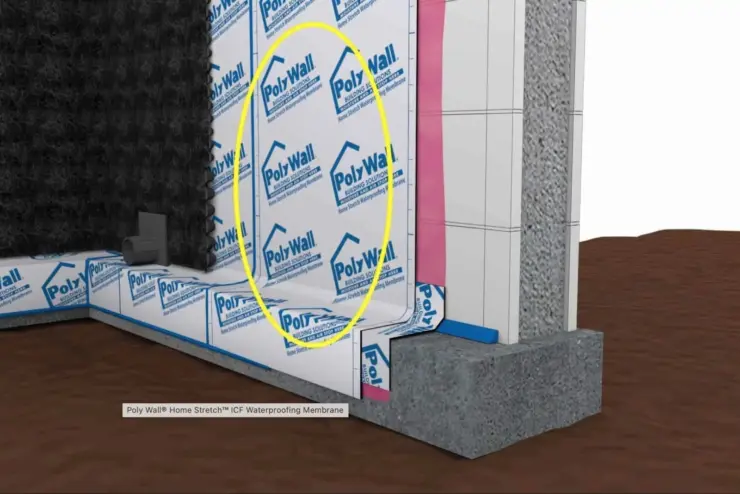
Each material plays a vital role in the success of the encapsulation process. From vapor barriers to drainage systems, these components work together to create a well-protected and energy-efficient environment.
Vapor Barriers: Crucial for Moisture Control
A high-quality vapor barrier is the cornerstone of any crawl space encapsulation project. It prevents ground moisture from seeping into the crawl space, which could otherwise lead to issues like mold growth, wood rot, and foundation damage.
- Purpose: The vapor barrier acts as a shield between the ground and the crawl space to stop moisture from migrating upwards.
- Types: Look for polyethylene vapor barriers, typically 10 to 20 mil thick, for durable, long-lasting protection.
- Best Practice: Overlap the seams by 6 to 12 inches and secure them with tape to ensure an airtight seal. This prevents moisture infiltration and ensures the vapor barrier remains effective for years.
Polyguard’s TERM® Barrier solutions are an excellent example that provides superior moisture and termite protection.
Insulation Options for Crawl Space Encapsulation
Crawl space insulation keeps the area energy-efficient by reducing heat transfer and preventing condensation from forming on cold surfaces.
Some insulation options include:
Foam Board Insulation
This type works well for walls and is particularly effective in areas with cold climates.
Spray Foam Insulation
It is ideal for sealing gaps around pipes and ducts, since spray foam expands to fill cracks and crevices to create an airtight seal.
For best results, ensure the insulation is tightly installed with no gaps or spaces, which can lead to heat loss and condensation buildup.
How Sealing Tapes and Adhesives Ensure Long-Term Protection
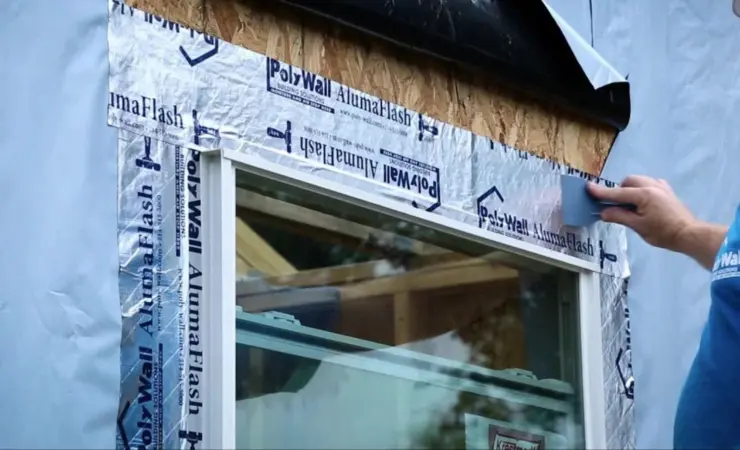
No encapsulation project is complete without sealing tapes and adhesives. These materials secure the vapor barrier and insulation, ensuring long-term moisture protection.
Types
Butyl tapes, vapor tapes, and adhesives specifically designed for polyethylene surfaces.
Application
Use ample amounts of tape around seams and penetrations, and make sure to apply adhesive where the vapor barrier meets walls and support beams. This ensures the entire system remains tightly sealed.
Sealing Doors and Vents to Maintain a Protected Crawl Space
Sealing entry points is essential to maintaining the encapsulated environment. Crawl space doors and vent seals prevent external air, pests, and moisture from compromising the sealed system.
- Purpose: Prevent moisture and pests from entering through vents or access points
- Types: Insulated crawl space doors and airtight vent covers
- Pro Tip: Weatherproof all doors and vent covers to ensure longevity and performance, especially in regions prone to heavy rainfall.
Drainage Systems: Managing Water
In areas prone to high rainfall or flooding, a reliable drainage system is crucial. Water management systems like sump pumps or French drains ensure that no water accumulates in or around the crawl space.
- Sump Pumps: Ideal for crawl spaces with a high water table, sump pumps remove any water that accumulates under the vapor barrier.
- Perimeter Drains: These help direct water away from the crawl space and foundation to prevent any seepage into the encapsulated area.
Termite Barriers: Protecting Against Pests
In humid regions, termites pose a significant threat to the structural integrity of the home. Including a termite barrier as part of the encapsulation system helps to safeguard the home from pest infestations.
- Purpose: Prevents termites from entering the crawl space and causing damage to wooden structures.
- Best Product: Polyguard’s TERM® Termite Barrier is designed to provide dual protection from both moisture and pests.
For a successful crawl space encapsulation, it’s not just the materials that matter—proper installation is key to ensuring long-term effectiveness and protection.
Tips for Successful Installation
To ensure the success of your crawl space encapsulation, proper installation is critical. Below are a few key steps to follow during the process:
1. Inspect the Crawl Space
Before starting, ensure the crawl space is clean and free from mold, moisture, and debris.
2. Overlap and Tape Seams
All vapor barrier seams should be overlapped by 6-12 inches and taped tightly to prevent moisture leakage.
3. Seal All Penetrations
Spray foam or caulk should be used around pipes, ducts, and other penetrations to ensure an airtight seal.
4. Consider Ventilation
Depending on local codes, you may need to incorporate vent covers or dehumidifiers to maintain air quality.
When it comes to protecting your crawl space, Polyguard has high-performance solutions designed to provide long-lasting moisture and pest control, to ensure the safety and efficiency of your home.
Discover Polyguard’s High-Performance Crawl Space Solutions
Crawl space encapsulation is a multi-step process that requires high-quality materials to ensure long-term effectiveness. Polyguard offers a range of industry-leading products, from durable vapor barriers to advanced termite barriers that have been designed to protect homes from moisture, pests, and energy inefficiency.
Contact us today for more information!
